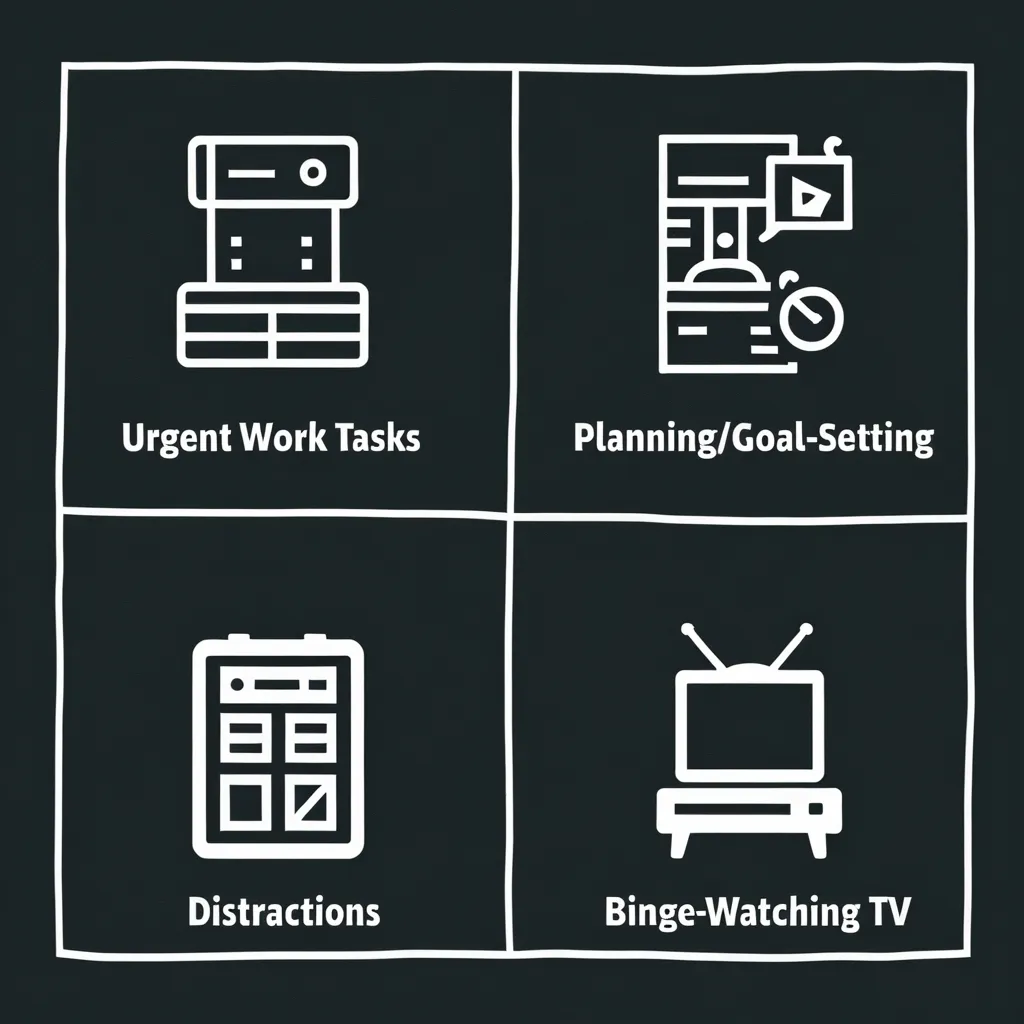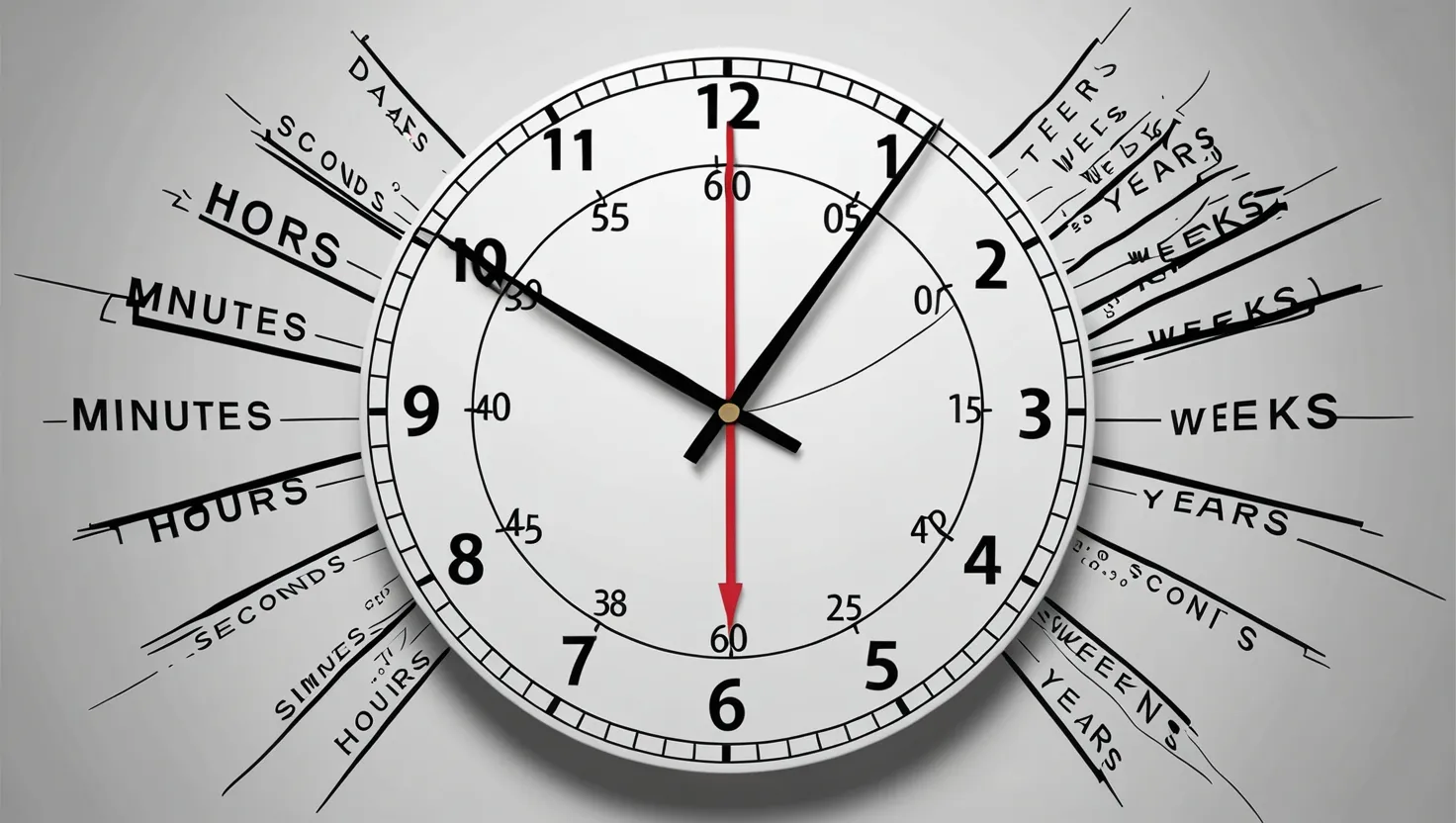Let me ask a question right off the bat: How much of your workweek do meetings actually deserve? If your calendar looks anything like mine did a few years ago, you probably feel like meetings are swallowing up chunks of time you’ll never get back. The sense that “most meetings could have been an email” isn’t just a meme—it’s a shared workplace frustration. Yet meetings continue to multiply, squeezing out quiet work and leaving everyone with a lingering sense of déjà vu. What if we could claw back not just minutes, but whole hours every week, without sacrificing connection or progress?
“Time is what we want most, but what we use worst.” Samuel Johnson was onto something, especially in the age of back-to-back Zoom calls. I started experimenting with five simple but radical tactics meant to reclaim time from the jaws of meeting overload. The results were surprising: not only did my team gain hours, but the quality of the conversations we did have improved. Let’s walk through these strategies—ones you may not see on your average list—and consider what really drives meeting bloat.
First, I made the Agenda Ironclad Rule non-negotiable. If there was no agenda sent at least 24 hours before a meeting, that meeting did not happen. No exceptions. Each agenda had to state clear objectives and break down topics by exactly how many minutes each would take, plus specific decisions to make. It forced organizers to think hard: Is this worth everyone’s time? The magic here is in forcing the organizer to justify not just the existence of the meeting, but every minute on the clock. When I put this into place, about a third of meetings simply evaporated—instantly exposed as unnecessary, or so vague they couldn’t be justified when written out. Ever sat in a meeting where nobody is quite sure why they’re there? With this rule, that phase disappears.
Next comes the Standing Protocol. Status meetings tend to spiral into storytelling or updates that could easily be read, not heard. What if instead, every recurring update was reshaped as a five-minute stand-up? Each participant would prep (yes, actually write down) their progress, blockers, and needs—hard limits, bullet points only. This structure makes it awkward to ramble or veer off-topic. Standing keeps energy high and signals, subconsciously, “We’re here to move, not lounge.” We started timing these as an experiment. Imagine slicing a weekly hour-long meeting down to 10 minutes, freeing up more than 50 minutes for real work. In a team of six, the time dividends add up fast.
But even the best-run meetings often flounder at the finish line, where action and accountability get lost. A tactic that changed my follow-through game—call it the Outcome Assignment Matrix. At the end of every meeting, someone (never the meeting owner) captured what decisions were made, what actions were assigned, to whom, and by when. This doc went out within a half hour, no matter what else was happening. Suddenly ambiguity vanished, and post-meeting “What did we decide?” emails were a thing of the past. Notably, it took only a few cycles of this before everyone started arriving with sharper focus: If you know you’ll be assigned a clear action, you pay attention.
Here’s another test I recommend: the Async-First Experiment. For every new meeting request, pose this challenge: Could this be solved in a 10-minute Loom video, or a collaborative doc? Unless live debate or real-time creativity is essential, default to asynchronous communication. You’d be amazed how much alignment can happen with a well-crafted video or a shared Google Doc. The first month I tracked this, entire afternoons opened up. Meetings that remained were those that truly couldn’t be replaced—making them more valuable, not less.
The last, and perhaps most transformative, approach is what I call the Progress Hub Replacement. Instead of gathering for a weekly team sync, we built a simple digital dashboard. Everyone updated their tasks completed, new priorities, blockers, and cross-team needs by Friday. This dashboard wasn’t fancy, but it created continuous, visible progress without the overhead of a meeting. People could dip in, see what mattered, and offer help asynchronously. The time savings became visible: hours once lost to status checks redirected to focused effort—all while nothing slipped through the cracks.
“If I had six hours to chop down a tree, I’d spend the first four sharpening the axe.” Lincoln’s focus on preparation gets at the heart of meeting efficiency: investing upfront saves time later.
Why do these tactics work when so many meeting hacks fail? They’re about ruthless clarity and shifting the default from “meet by default” to “meet when absolutely necessary.” An agenda isn’t just a preamble, but a filter; a stand-up isn’t just a tradition, but a constraint that keeps teams honest. Assigning outcomes ensures the entire exercise produces actual change. Asynchronous updates respect energy and time, and digital dashboards provide transparency without the emotional tax of another sync.
Let’s pause. How many meetings on your calendar this week are actually necessary? If you canceled any meeting lacking a proper agenda, how much time would that win back? What would you do with those recovered hours? Imagine the creative projects, the heads-down time, the long-delayed follow-ups or learning you could finally tackle.
An objection sometimes pops up: “We’ll lose cohesion, serendipity, or human connection.” But I’ve found the opposite. When meetings are no longer the default, they become special—occasions for genuine brainstorming, strategic debate, or team-building rather than passive reporting. People show up sharper and more engaged. The reduced meeting load, too, makes room for spontaneous conversations that build trust—rather than eroding it with forced attendance.
A less discussed upside is the cognitive relief. I used to leave days stacked with meetings feeling drained and foggy. When meetings shrank in both size and number, my ability to tackle complex work soared. So did morale. The sense that time is respected turns passive participants into proactive contributors.
“We must use time as a tool, not as a couch.” Dr. Martin Luther King Jr.’s words ring especially true in the modern workplace, where it’s all too easy to let another hour slip away to a pointless discussion.
Are there pitfalls? Of course. Sometimes, the shift to asynchronous updates can reveal gaps in communication skills. Not everyone adapts quickly to writing crisp updates or recording short, punchy videos. Teams may need to explicitly train for concise written communication or rethink project management tools. But these are skills worth developing, and the gains far exceed the growing pains.
I’m also convinced that data is your ally in this transformation. Actually track the hours saved. Run an experiment for two weeks: count the collective time in meetings before and after applying these rules. Tally the time spent preparing quality agendas or updating dashboards. Sometimes, the sheer visual of hours reclaimed is what it takes to convince skeptical leaders to make changes stick.
Let me circle back to you: What’s one meeting on your calendar this week you could cancel, automate, or replace with an async update? If you hesitate, why? Is it habit, culture, fear of missing nuance? Change doesn’t have to be all-or-nothing; even one less standing meeting can signal to your team that time is valued.
The real power of these tactics isn’t just in the hours gained, but in the shift in culture. When meetings become intentional, not just routine, every interaction gets sharper. As the distractions fade, space opens for deeper thinking, better work, and, yes, a little more sanity at the end of the week.
The strategies here aren’t glamorous—they’re practical and a bit provocative. But if you put them to work, you’ll soon have a different kind of problem: What do you do with all that reclaimed time? I’d love to hear what you decide.






